
Reflections from the Path
These reflections trace the living thread of healing — from ceremony to embodiment, from ache to wholeness.
Through the twin journeys of Integration Alchemy and The Mother Ache, I explore what it means to live awake, to tend the body as temple, and to remember love as our original home.
May these words meet you wherever you are on your path, and offer gentle companionship as you weave your own medicine into the fabric of life.
— Deva Arani
“I just completed both of my manuscripts—Integration Alchemy and The Mother Ache—a milestone shaped by years of devotion, early mornings, and unexpected guidance along the way.”
As autumn deepens and the days grow shorter, something ancient stirs in the body.
Nature begins her slow descent inward. The leaves release, the air sharpens, and the Earth prepares to rest.
We, too, are asked to let go.
In the cycle of integration, this season mirrors a natural truth: every awakening must descend into embodiment, every light must be rooted in darkness to last.
Author and healer Deva Arani shares her creative journey writing Integration Alchemy and The Mother Ache, weaving healing, devotion, and feminine wisdom into her books.
Integration isn’t something we do alone in a vacuum of self-improvement.
It unfolds through relationship — with our bodies, with others, and with life itself.
After ceremony or deep healing, the impulse is often to retreat, to process quietly. That solitude is sacred. But eventually, integration invites us back into relationship — into the very spaces where our old patterns first learned to hide.
There comes a moment when the ache that once felt unbearable softens into something luminous.
It doesn’t disappear; it transforms.
It becomes a pulse — quiet, steady, and alive — guiding us back to who we’ve always been.
This is the moment when we begin to live the healing.
When the insights and tenderness gathered along the way ripple outward — into our relationships, our choices, and the way we hold the world.
Healing was never meant to end at self-understanding. It was always meant to return as love.
At some point in every healing journey, we realize that the mother we’ve been waiting for is the one who lives inside us.
She is quiet at first—tender, uncertain, learning to trust her own voice.
But she is there, waiting to return.
When we speak of softening the inner mother, we’re not creating a fantasy of perfection; we’re cultivating relationship.
It’s a relationship between the parts of us that ache to be held and the part of us that is capable of holding.
There comes a moment when the boundaries between ceremony and life begin to dissolve. The altar expands beyond the circle, the songs become the wind, and the same presence that guided you under the stars begins to whisper through ordinary days.
Every genuine encounter with the sacred asks for reciprocity. When we receive healing, insight, or grace—whether through a plant medicine journey or another spiritual doorway—something within us knows that giving back completes the circle.
Every woman carries stories that began before her.
Within our cells live echoes of our mothers and grandmothers — their joys, their griefs, their unfinished dreams. The body is not only personal; it’s ancestral.
When we begin to explore the mother ache, we often find that what we feel is not ours alone. The ache extends backward through time, through the hands that raised us and the women who raised them.
Our bodies remember what our minds forget.
Before we had words, we had sensation. Before we could make meaning, we felt.
The mother ache is not only an emotional inheritance; it is also a physical one. It lives in the soft architecture of the nervous system — in the places where we learned to reach and were not met, to cry and were not comforted, to shrink when love felt uncertain.
For years we’ve spoken about the mother wound—the inherited pain and unmet needs passed from mother to daughter, generation after generation. It’s a term that has helped many of us name what we’ve felt: the grief, the longing, the ache to be seen and held.
There comes a point in every healing journey when what was luminous becomes uncomfortable. The clarity fades; the old patterns return. You might feel confusion, fatigue, or self-doubt.
It’s tempting to think something has gone wrong—that you’ve lost the magic or somehow “failed” your integration. But in truth, this is the moment when the medicine begins to work more deeply.
Every true awakening eventually leads us back to the body. After ceremony, visions fade and insights settle, but what remains is the living instrument of transformation—our own flesh, bones, and breath.
After ceremony, the mind often feels clear and illuminated, as if the entire landscape of our being has been revealed. We see our patterns, our pain, our potential—and for a moment, everything makes sense.
But the real transformation doesn’t happen in the clarity of that vision. It happens in the quiet, repetitive, and sometimes uncomfortable process of embodying what we’ve seen. Integration begins when the vision meets the daily rhythm of life.
There’s a quiet moment after every ceremony when the songs fade, the altar is cleared, and the body begins to hum with what has been seen. In that space, we discover a truth that is easy to forget: the ceremony was never the destination—it was the doorway.
If you are interested in exploring the path between Light and Love join us this January for a deep dive. First we offer a one day Meditation Intensive and then we are following up with a Weekend Residential Retreat. Take a deep dive into meditation with us —clearing the dust from your mirror. We will be featuring The Ultimate Alchemy, discourses by Osho.
Healing the mother wound is a journey to self that can lead to profound and deeply moving changes in a woman’s life. It is my honor to focus my work, intention and prayers to help women heal and become whole by digging into the hole left by an unhealed mother’s care. Unhealed mothers create unhealed daughters AND daughters who work to heal can also alchemize healing in their mothers and daughters too.
If you are curious about scheduling a Compassionate-Inquiry based integration session with me this post might help you understand a bit about how I work with my clients. If you re struggling to integrate a pschedelic or retreat experience and/or any life-changing event my integration sessions can help you unravel, unwind and embody whatever teachings you are earnestly trying to grapple with. I am always deeply touched and honored to assist my clients as they show up for themselves int his way.






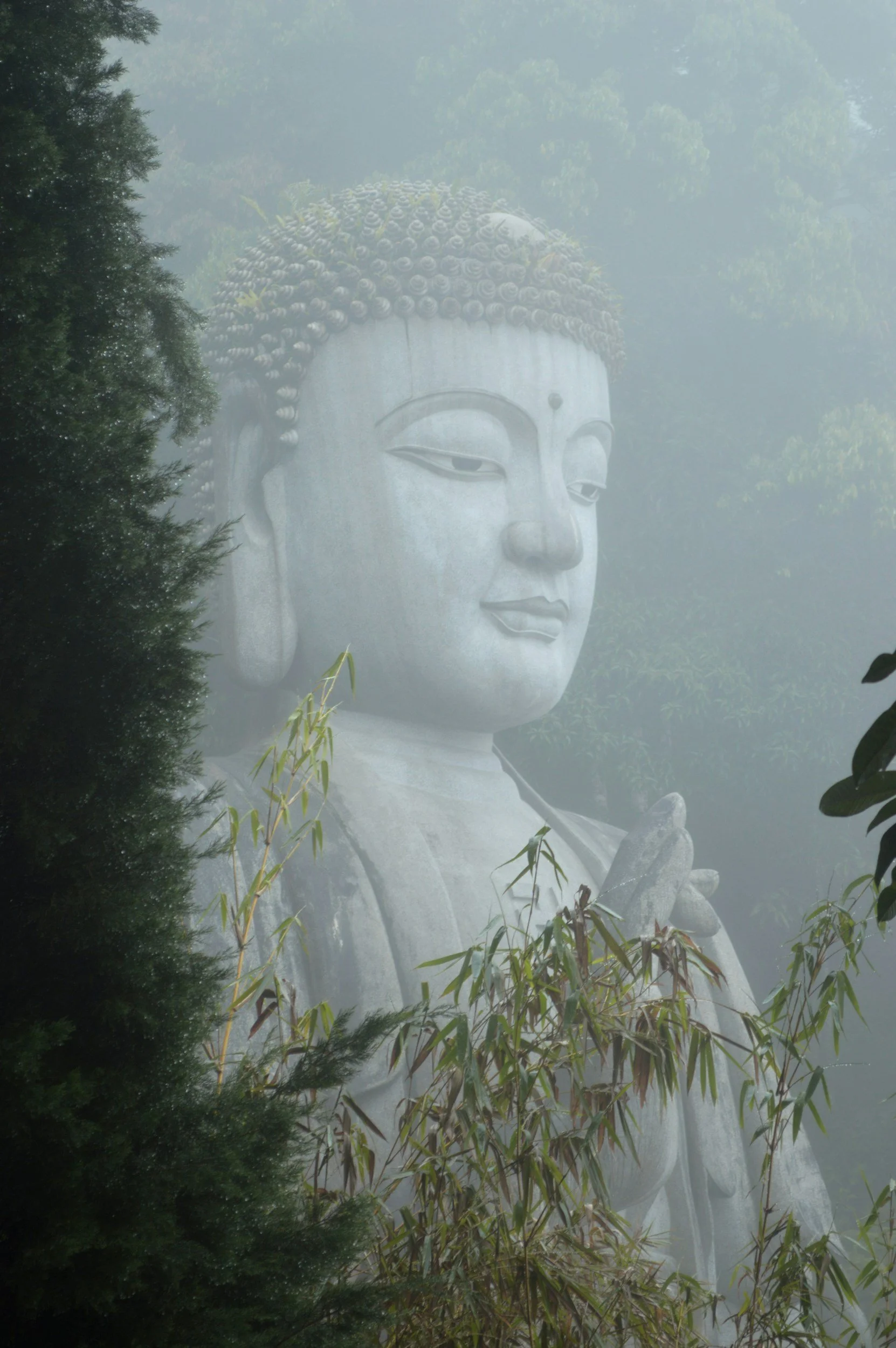

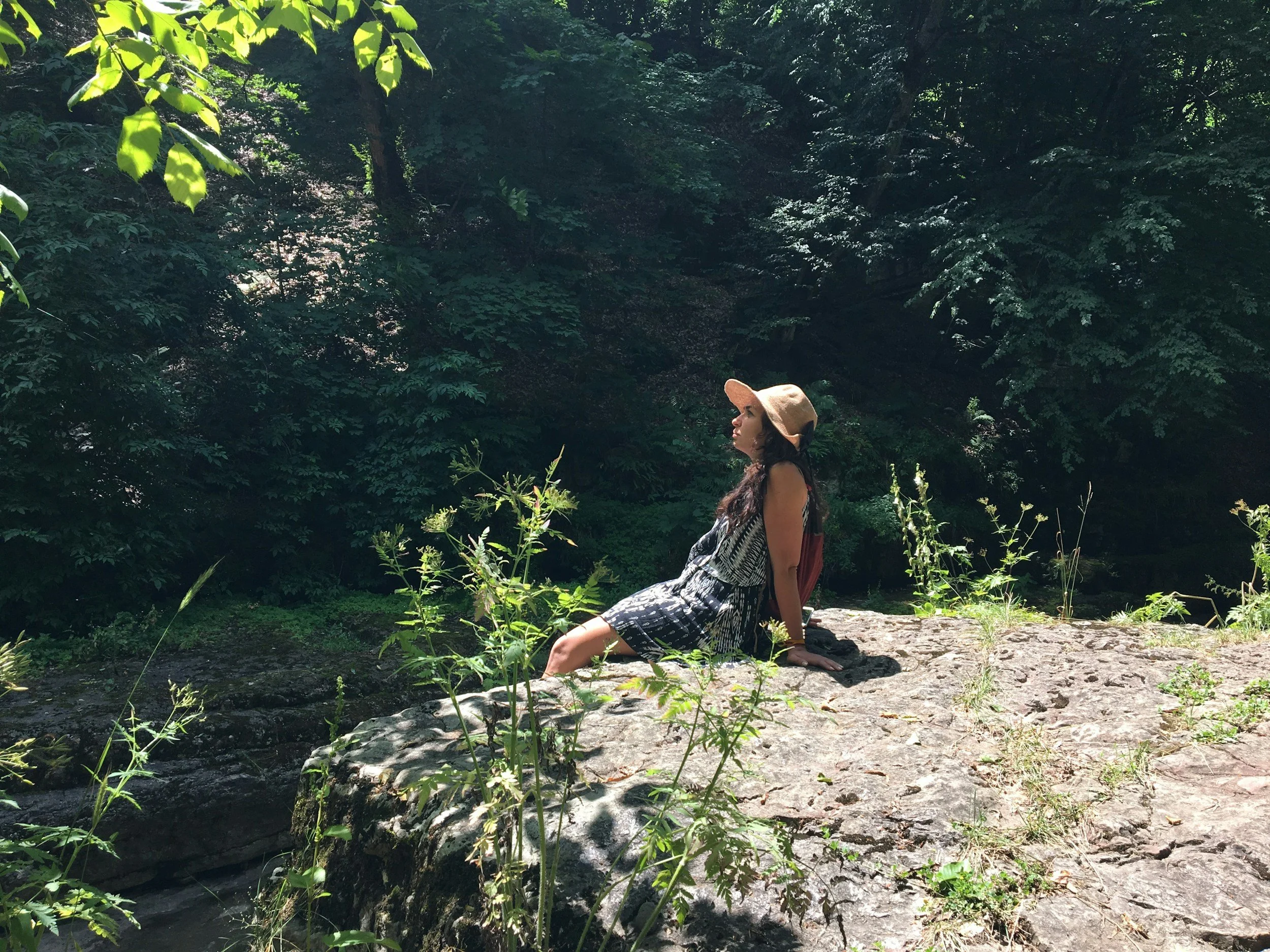





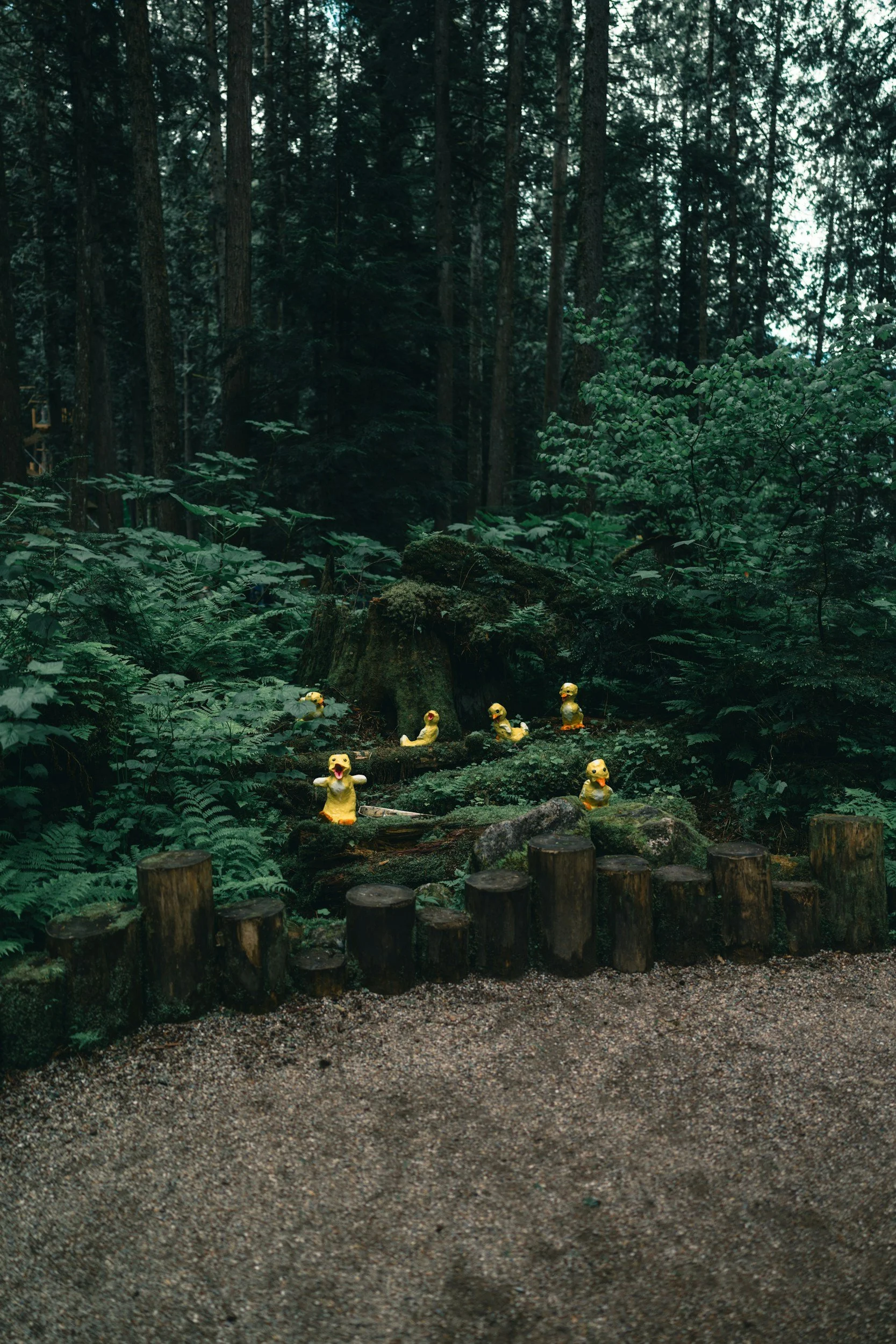
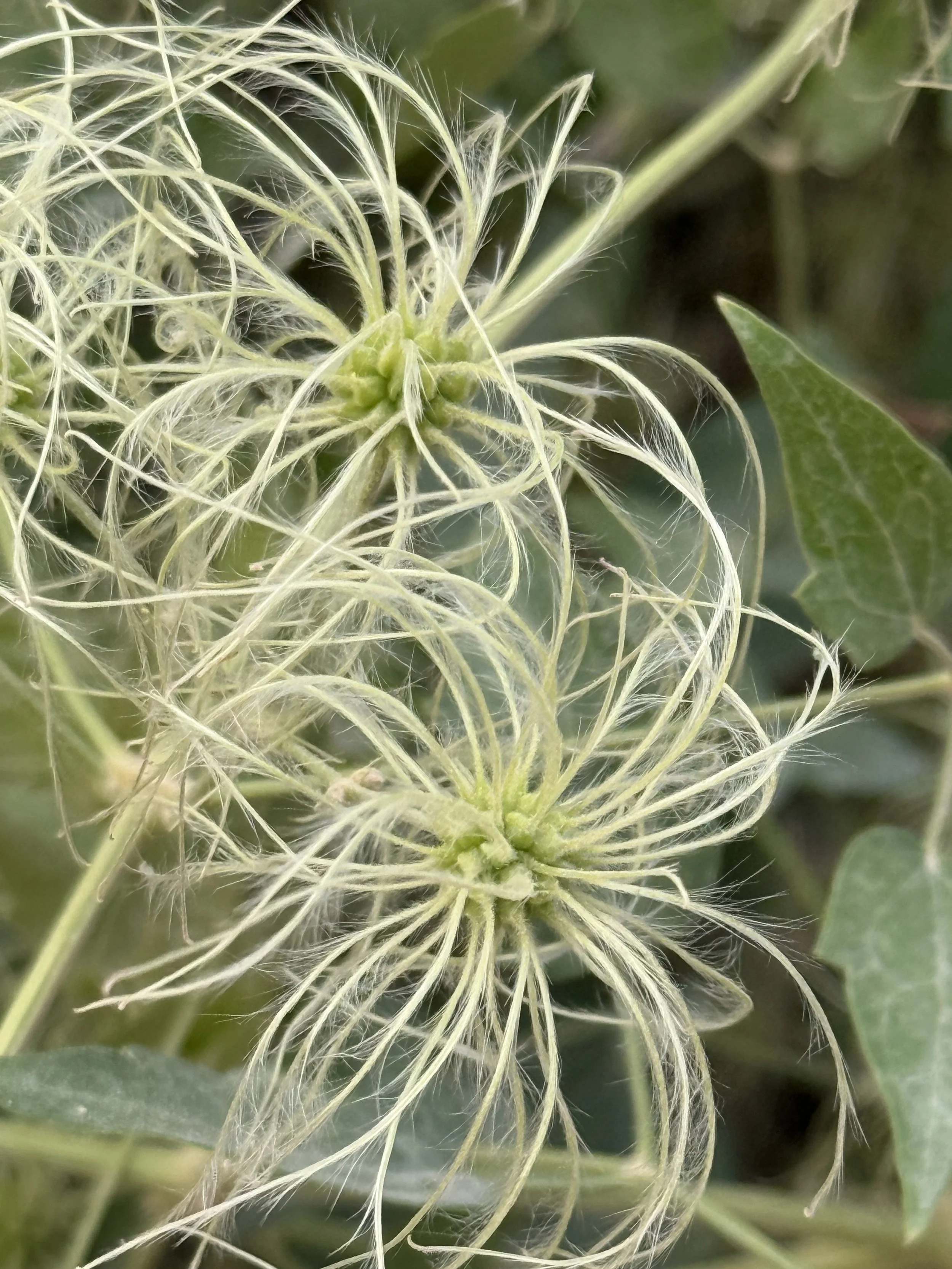







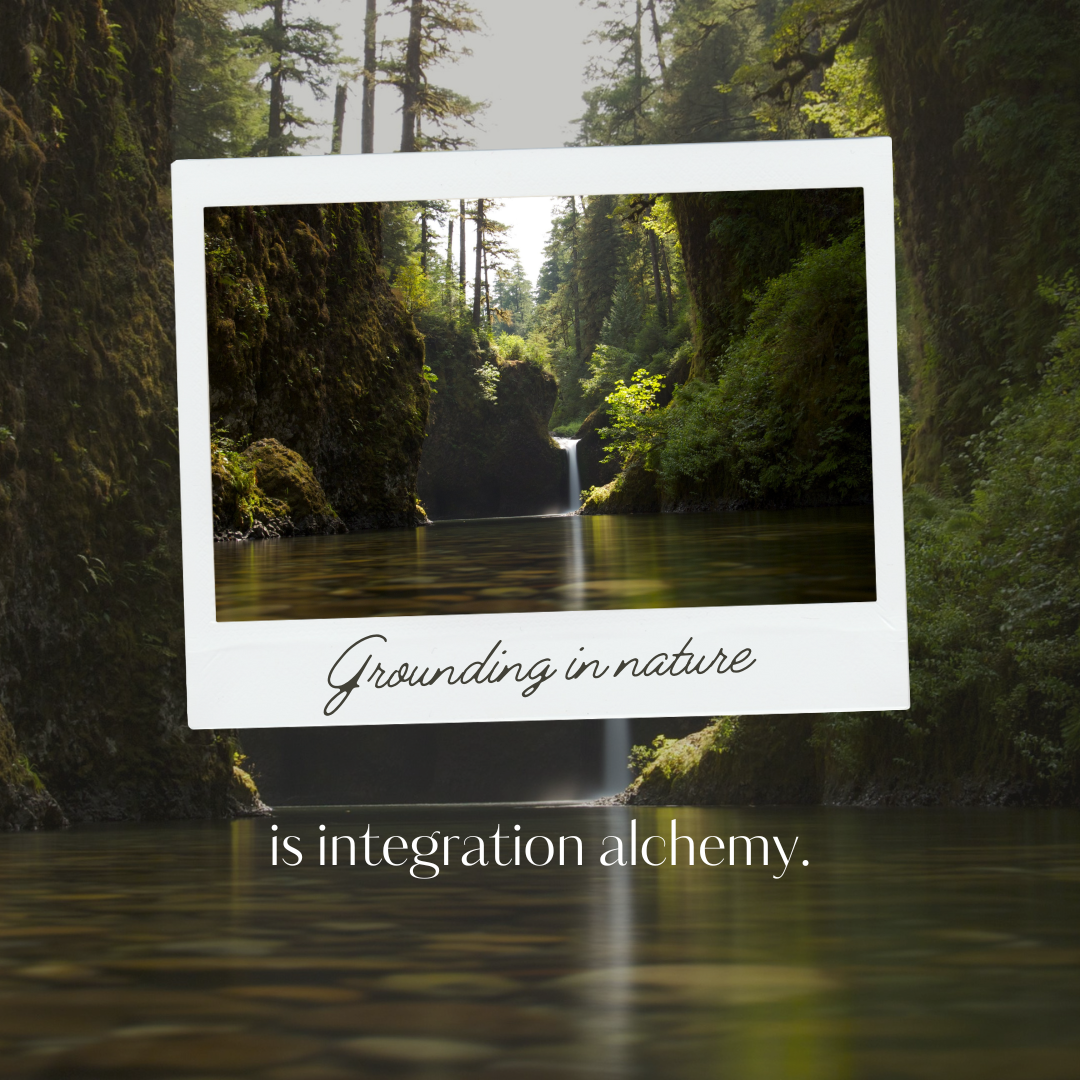







For over a decade, I taught Kundalini Yoga as part of my own spiritual and embodied path. It gave me tools I still cherish—breath, discipline, devotion, and community. But as my work deepened with somatics, Compassionate Inquiry, and gentle, nervous-system-aware practices, I realized that what I was offering no longer felt aligned with that name or lineage.
What was coming through me was softer, quieter, and more rooted in presence than in activation. I began searching for a name that reflected this shift and found myself drawn to the Sanskrit word laya—meaning dissolution, softening, and returning to stillness. I am not claiming a traditional lineage called Laya Yoga; rather, this term expresses the essence of what my classes have become: breath-centered, grounding, trauma-sensitive, and focused on unwinding the body into a deeper state of inner presence.
This transition feels like a natural maturation, a return to honesty in my teaching. Laya Yoga is simply the most accurate name for the practice that has been quietly unfolding in me for years.